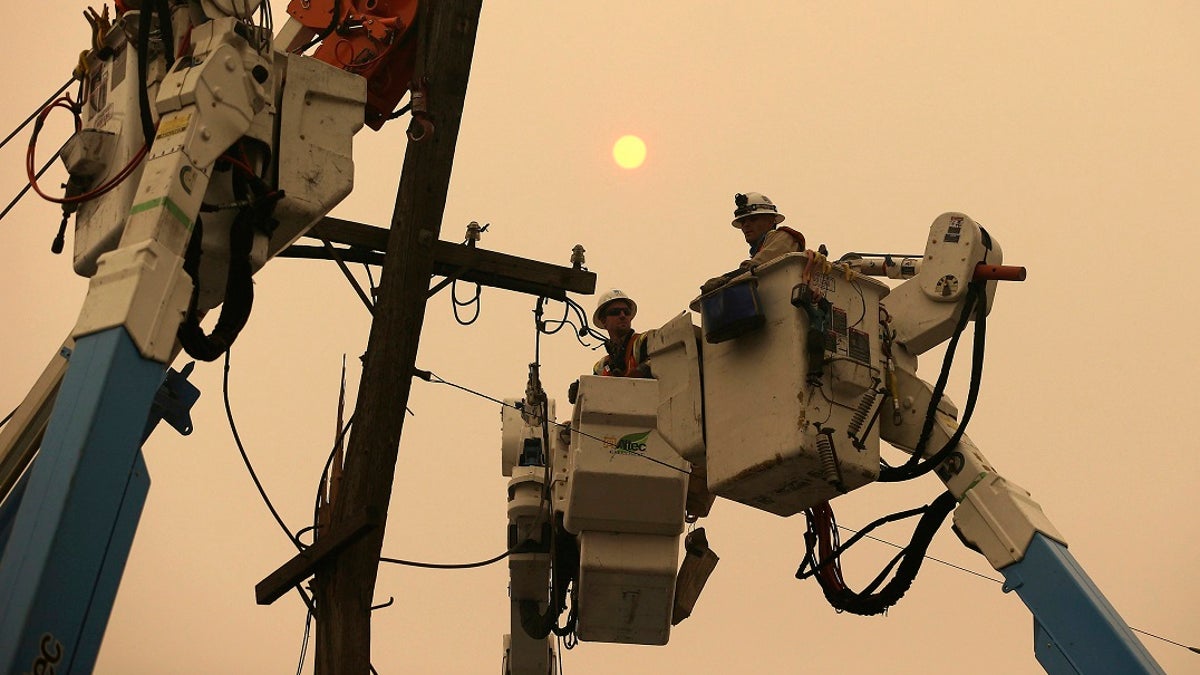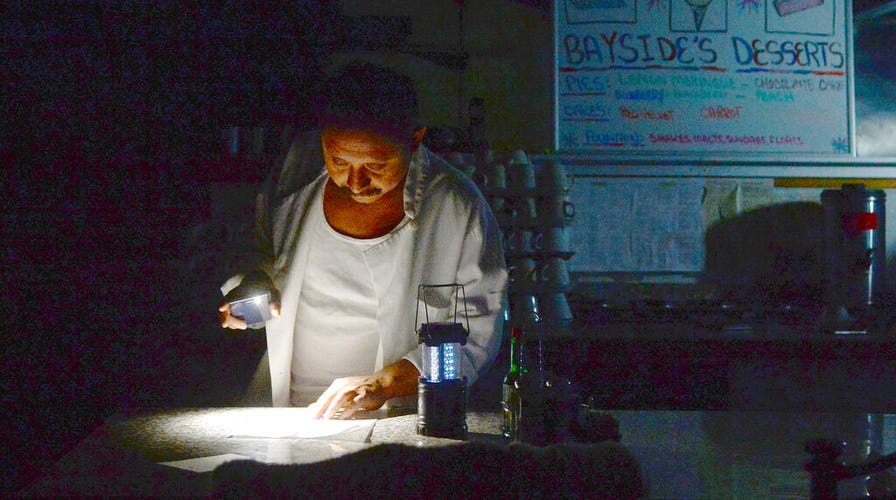Fox News Flash top headlines for September 22
Fox News Flash top headlines are here. Check out what's clicking on Foxnews.com.
As raging wildfires char the West Coast and thousands are evacuated from their homes amid a barrage of powerful hurricanes to the East, power outages pose a big problem for those living in impacted regions.
With the hope of preventing the spread of wildfire, California utility PG&E Corp. pre-emptively shut off power to hundreds of thousands of customers this summer.
HOW TO ERASE YOUR DATA TO REMOVE YOUR LIFE FROM GOOGLE'S GRIP
Preparations could be the key difference between the ability to work from home and having to find another way to work amid the COVID-19 pandemic. It could be the difference between eating at home and having to eat elsewhere.
While it may seem obvious to have a flashlight, hand-crank radio, first-aid supplies, and drinking water and shelf-stable food on hand, powering up connected devices and phones may pose more of a challenge.
Turning on default Wireless Emergency Alerts sent out by local and federal authorities, including the National Weather Service and Federal Emergency Management Agency, could serve as a warning ahead of natural disasters.

Nov. 9, 2018: Pacific Gas & Electric crews work to restore power lines in Paradise, Calif. (AP Photo/Rich Pedroncelli)
While no sign-up is required, access is usually allowed in the settings section of a smartphone.
Disabling the "Do Not Disturb" function also ensures no missed extreme weather threats overnight.
If evacuation orders are issued, having Google Maps downloaded offline is also handy in case cell coverage wavers. A phone's GPS does not require a data connection.
If cell towers are down, enabling Wi-Fi calling -- a feature that allows for phone calls to U.S. numbers over Wi-Fi -- in settings is another good hack. Verizon, AT&T, T-Mobile, and Sprint support the feature on most cellular device models released in or after 2015.
When the power is out, at-home electricity-dependent routers and modems don't function. While hotspots may also be down in a powerless neighborhood, Comcast is providing its Xfinity Hotspot service free to even non-customers.
In addition, portable power stations are quiet and can be easily carried. They're also far less expensive than backup generators and don't require professional installation.
While they couldn't keep a freezer running, personal electronics or a table light could be easily powered by the accessory, which ranges from a couple of hundred dollars to upwards of $1,000 depending on wattage.
A router and modem could potentially be plugged into a power station as well.
Power stations could be charged via wall socket, a car's 12V port, or even a lightweight outdoor solar panel can extend functionality.
It is important to note that a rechargeable lithium-ion battery declines in performance with age and that the power station will eventually need to be replaced.
Also of note are smaller phone-charging battery packs and other useful electronics that could serve as backup batteries.
CLICK HERE FOR THE FOX NEWS APP
Away smart suitcases have rechargeable batteries and Sonos Move speakers can double as USB-C laptop chargers when necessary.
A little creativity and access to tools like these might be the distinguishing factor in surviving a natural disaster.


